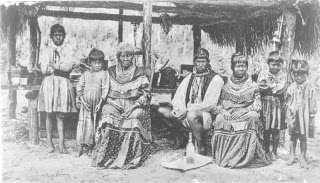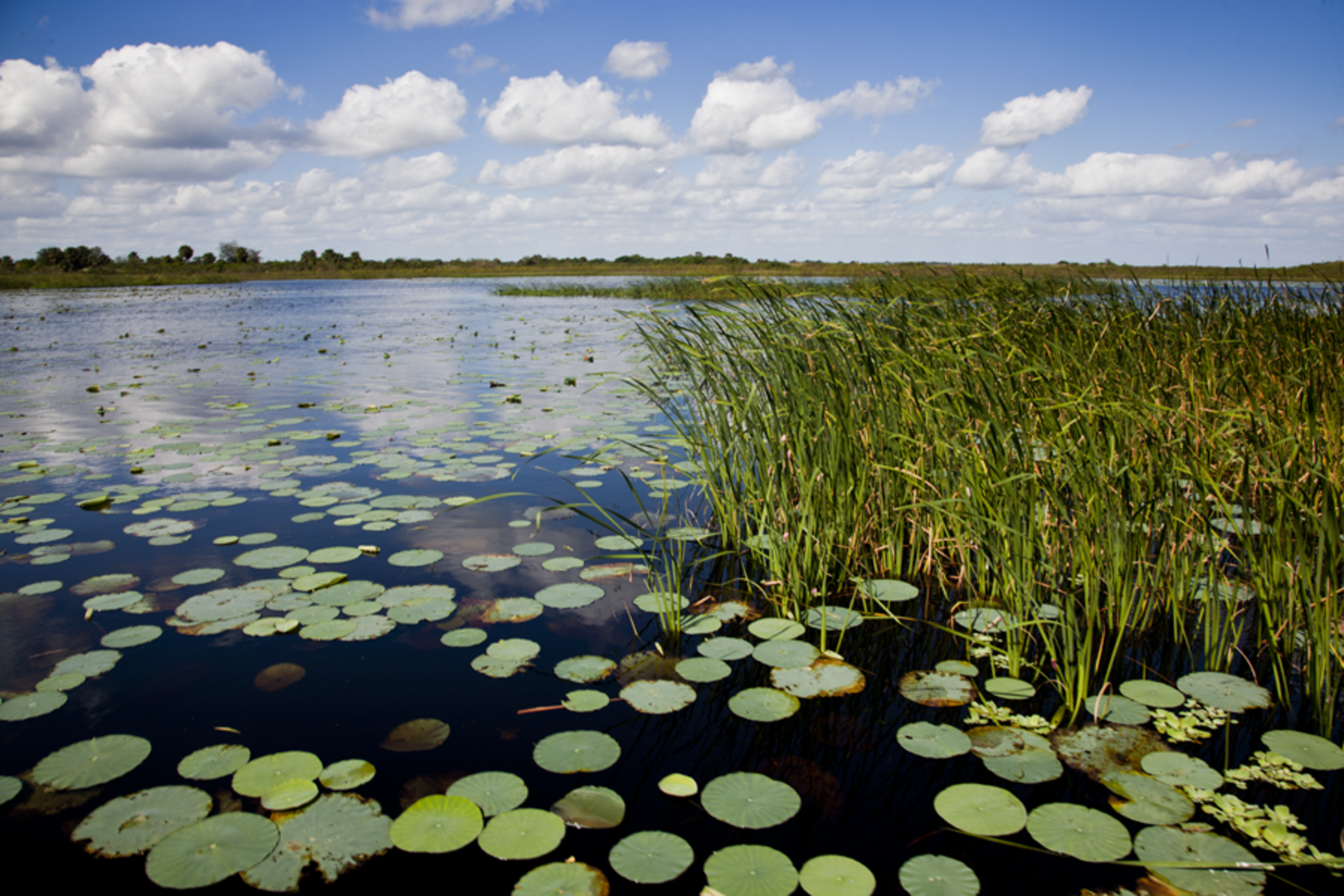 |
|
Seminole Indians |
Welcome...
Okeechobee
County is located in south central
Florida and is named for the great lake
that it borders. The primary industry is
agriculture. The farms produce a bounty
of winter vegetable crops due to the
rich organic soils of the region. Lake
Okeechobee is the largest U.S. lake
without a natural outlet and is very
shallow, with an average depth measuring
only 14 feet. Commercial fishermen fish
the lake year-round, and the bass, specs
and other fish entice sports fishermen.
Besides agriculture and dairying,
Okeechobee County has very little
industry of any size. It is home to
resident wildlife and plants supported
by the unique ecosystem surrounding
the "Big Lake."
Okeechobee County, Florida’s 54th was
created on this date. Carved from
portions of Osceola, St. Lucie and Palm
Beach counties, it comprised nearly
500,000 acres. By early 1917 leading
citizens of Okeechobee approached St.
Lucie County Representative J.M. Swain
who introduced the bill to the
legislature in early April. The original
partition plan included part of De Soto
County but representatives from that
county protested against the loss of
territory. The county seat, largest
city, and only incorporated city is
Okeechobee located on the north end of
the largest freshwater lake in Florida
which shares its name.
Any
records or photos you can send would be greatly
appreciated! - Okeechobee Co. Coordinator -
Jeff Kemp
Okeechobee County was formed in
1917 from Osceola,
Palm
Beach and
St. Lucie
Counties. Your genealogical research may take you to one or all of these.
You
may also find information in the
Brevard County records as St. Lucie County was formed from a portion of that county
in 1905.
|

